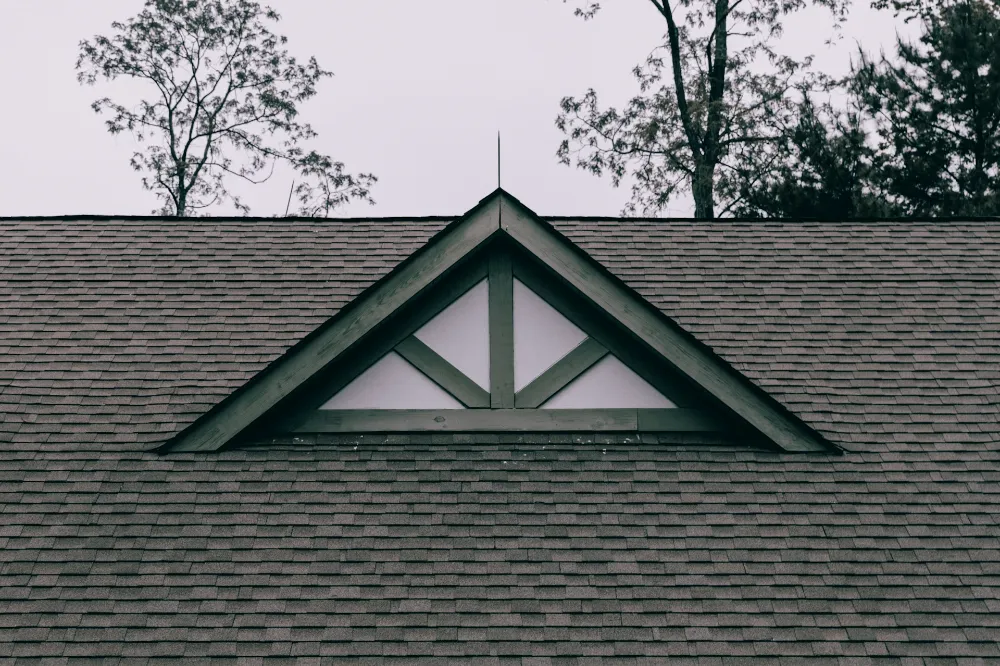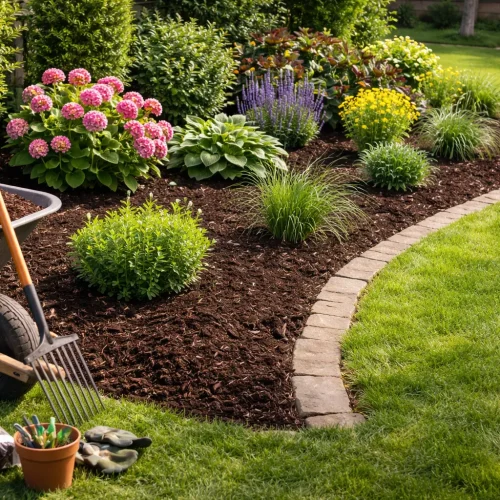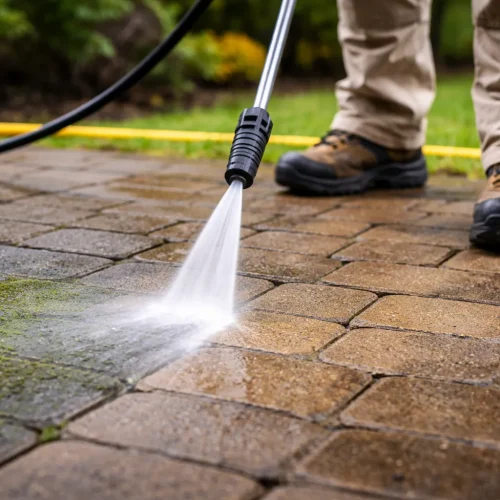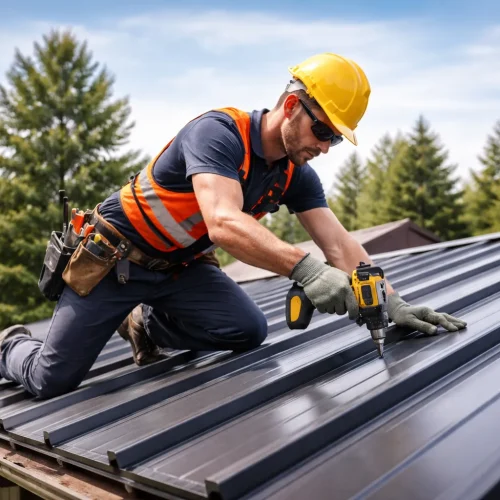
Most homeowners expect their roof to last at least two decades, but many discover problems much sooner. The reason often comes down to the weather. From blazing summer heat to heavy winter storms, local climate conditions play a much bigger role in roof health than most people realize. A roof that performs well in a dry, mild area might struggle in a humid or storm-prone location. That means the environment you live in can either extend the life of your roof or cut it short.
Understanding how different conditions affect your roof helps you make smarter choices about maintenance, materials, and repairs. It also gives you a clear picture of what to expect in terms of long-term durability.
Why Weather Plays a Bigger Role Than You Think
Your roof is more than just a cover over your head. It acts as the first shield against the outside environment. Every day it endures sun, rain, wind, and temperature swings. Over time, these forces break down roofing materials. Some climates cause slow wear, while others lead to sudden and severe damage.
Think of it this way: two houses with the same roof type may have very different outcomes depending on where they are located. In one area, shingles may last decades with little trouble. In another, they might show serious wear within a few years. The difference lies in the weather patterns those roofs face day after day.
This variation is also what makes roofing decisions more complicated for homeowners. A roof that lasts longer in a dry region may demand frequent attention in a humid or storm-prone area. At some point, weather-related damage forces homeowners to weigh their options carefully. That’s when the debate of roof repair vs. roof replacement comes into play. Understanding how climate accelerates roof wear helps you make that decision with more confidence, since the right choice often depends on how your local weather affects roofing performance. Count on Blue Bird Roofing for expert workmanship, dependable results, and lasting confidence in your roof.
Sun and Heat: The Silent Roof Killers
Strong sunlight is one of the most common but underestimated threats to roofs. Ultraviolet rays dry out shingles, making them brittle and prone to cracking. Prolonged exposure also causes fading and surface weakness. In regions with long, hot summers, roofs tend to age faster for this reason.
Heat itself adds another layer of stress. When temperatures rise during the day, roofing materials expand. At night, as the air cools, they contract again. This daily cycle of expansion and contraction weakens the roof structure over time. If you notice small cracks or curling edges, it could be the result of years of heat stress rather than a single storm.
Homeowners can reduce the impact by ensuring their attic has good ventilation. Roofs with reflective coatings or lighter-colored shingles also handle heat better, slowing down the aging process.
Rain and Moisture: Hidden Dangers Above Your Head
Rain may seem harmless since every roof is built to handle it. The real problem occurs when water does not drain properly. Prolonged moisture seeps into shingles, underlayment, and even wood decking. This can cause leaks, rot, and in severe cases, structural issues.
Moisture also creates an ideal environment for moss, mold, and mildew. These not only weaken roofing materials but can also spread inside your home. Gutters that are clogged or poorly installed make the problem worse by allowing water to pool along the edges of the roof.
To protect against rain damage, regular inspections are essential. After heavy downpours, it’s wise to check the attic and ceiling for any signs of leaks. Keeping gutters clear goes a long way toward preventing moisture-related issues.
Snow, Ice, and Freezing Conditions That Cause Stress
Winter brings unique challenges that can shorten the life of your roof. Snow buildup adds significant weight, especially on flat or older roofs. As snow melts during the day and freezes again at night, water seeps into cracks and expands when it turns to ice. This freeze-thaw cycle widens gaps and creates long-term damage.
Ice dams are another common winter problem. These form when melted snow refreezes, affecting drainage. The trapped water then pushes under the shingles and leaks into the home. Even a small ice dam can cause major headaches for homeowners if not addressed quickly.
Good insulation and ventilation reduce the risk of ice dams. Removing excess snow safely from the roof also helps prevent heavy buildup and pressure.
Humidity and Coastal Conditions That Speed Up Wear
Living in a coastal or high-humidity region creates unique roofing problems. Salt carried by ocean air can corrode metal components such as nails, flashing, and gutters. Over time, this weakens the structure and shortens the life of metal roofing systems. Even asphalt shingles are not immune, as the constant exposure to salty moisture causes early breakdown.
Humidity also encourages algae, moss, and lichen growth. Algae leaves dark streaks across shingles, while moss retains moisture and gradually lifts shingles away from the roof deck. These issues not only affect the look of a roof but also reduce its durability.
Homeowners in humid climates should consider materials designed to resist algae growth and corrosion. Routine cleaning and protective coatings can also reduce long-term damage. In coastal areas, scheduling more frequent inspections is wise, since early signs of corrosion are easy to miss.
Proactive Maintenance That Extends Roof Life
Regular maintenance is the most effective way to protect a roof against weather damage. Simple tasks like cleaning gutters, trimming tree branches, and checking attic ventilation can make a significant difference. These steps reduce the risk of moisture buildup, storm damage, and heat stress.
Homeowners should also schedule inspections after major storms, heavy snowfall, or unusually hot summers. Small problems are much easier and cheaper to fix early. Preventive maintenance does not eliminate the impact of weather, but it slows down the rate of damage and gives homeowners more value from their investment.
In addition, paying attention to early warning signs like discolored patches, curling shingles, or damp spots in the attic helps avoid major repairs later. A proactive approach ensures the roof lasts closer to its expected lifespan.
The lifespan of a roof is shaped as much by local weather as it is by the materials used. Sun, rain, snow, wind, and humidity each create their own set of challenges. By understanding these factors, homeowners can make better decisions about materials, repairs, and maintenance.
Choosing the right roofing system for the local climate reduces the risk of premature wear. Staying on top of inspections and small fixes prevents costly damage from growing unchecked. Most importantly, viewing the roof as a system that responds to the environment helps homeowners stay prepared rather than surprised.
A roof may not last forever, but with smart choices and consistent care, it can withstand the challenges of weather for as long as possible.












